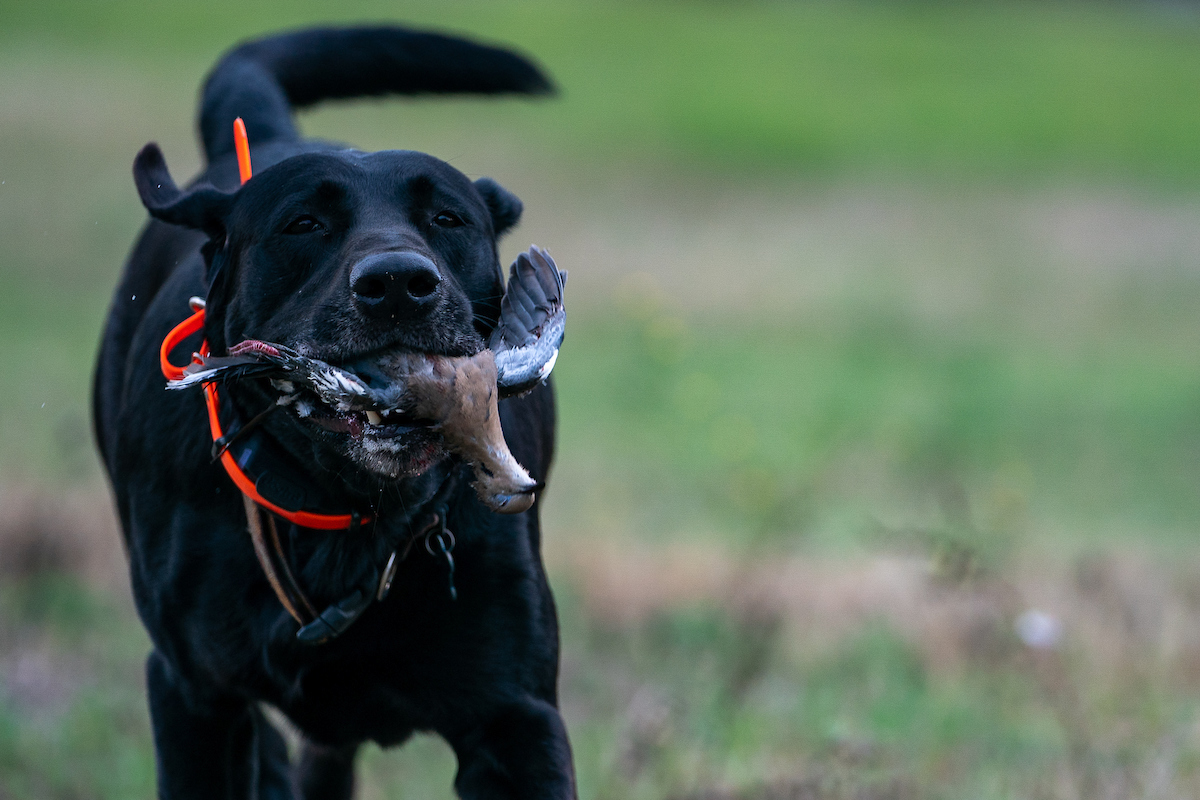Post-hunting season management can help deer herds
- Writer: Adam Russell, 903-834-6191, [email protected]
- Contact: Dr. Billy Higginbotham, 903-834-6191, [email protected]
OVERTON – The end of deer season marks the beginning of winter management for landowners who monitor deer populations and want to maximize their potential, said a Texas A&M AgriLife Extension Service expert.
The general Texas deer season closes Jan. 1 for hunters in the north zone, said Dr. Billy Higginbotham, AgriLife Extension wildlife specialist, Overton, but there is still much to do in terms of managing deer herds throughout winter.

“January thru mid-March typically brings the hardest winter weather and ramps up the nutritional needs for white-tailed deer, Higginbotham said. “Native food supplies like acorns and forbs become scarce, and deer can experience nutritional stress during this time period.”
Bucks are still trying to recover from the rut, he said. Fawns need access to good food sources to gain weight and survive and does bred in the fall will have increased nutritional needs as well.
Higginbotham said landowners with deer feeders on their properties should keep them running to provide supplemental feeding after deer season closes up to April 1 or until deer use stops.
“Corn is a good supplemental energy source for the deer leading up to spring green-up,” he said. “Despite a heavy acorn crop, those food sources will eventually be gone and the availability of supplemental feed can help.”
Higginbotham said landowners can also improve fall food plots by giving them a boost of nitrogen.
Small grain food plots, such as rye, wheat and oats, planted earlier in the fall may begin to show yellowing in late December and January, Higginbotham said. If so, top dress plots with 200 pounds of 34-0-0 nitrogen/phosphorous/potassium fertilizer or equivalent per acre to boost production.
“Deer will continue to use these plots until spring-greenup,” he said.
Excluder pens should be built around feeders or food plots if wild pigs are also on the property to prevent access to supplemental feed, Higginbotham said. Wild pigs reduce the available supplements for deer and their presence can cause deer to alter their behavior because they try to avoid wild pigs. Supplemental feed also improves the nutritional plane for wild pigs and increases sow breeding condition, which could mean more piglets and better survivability.
Higginbotham said landowners should consider conducting post-season deer census sometime in January, but certainly before antlers are shed.
“Typically in East Texas you want to census deer populations by mid-February,” he said. “You may not be able to differentiate does from bucks that have shed their antlers beyond that point.”
Use the same census method employed prior to the season opener including spotlights or remote-sensing cameras to count deer numbers, Higginbotham said.
“There have been some outstanding bucks harvested this season in East Texas, but relatively mild weather conditions and an abundant acorn crop in many areas of the state likely limited deer movement, especially outside of the rut,” he said.
The end of deer season also provides opportunities for landowners to address wild pigs, Higginbotham said.
“As native food supplies like acorns continue to dwindle, wild pigs will become more vulnerable to baiting and therefore easier to pattern for trapping and strategic shooting operations,” he said.





